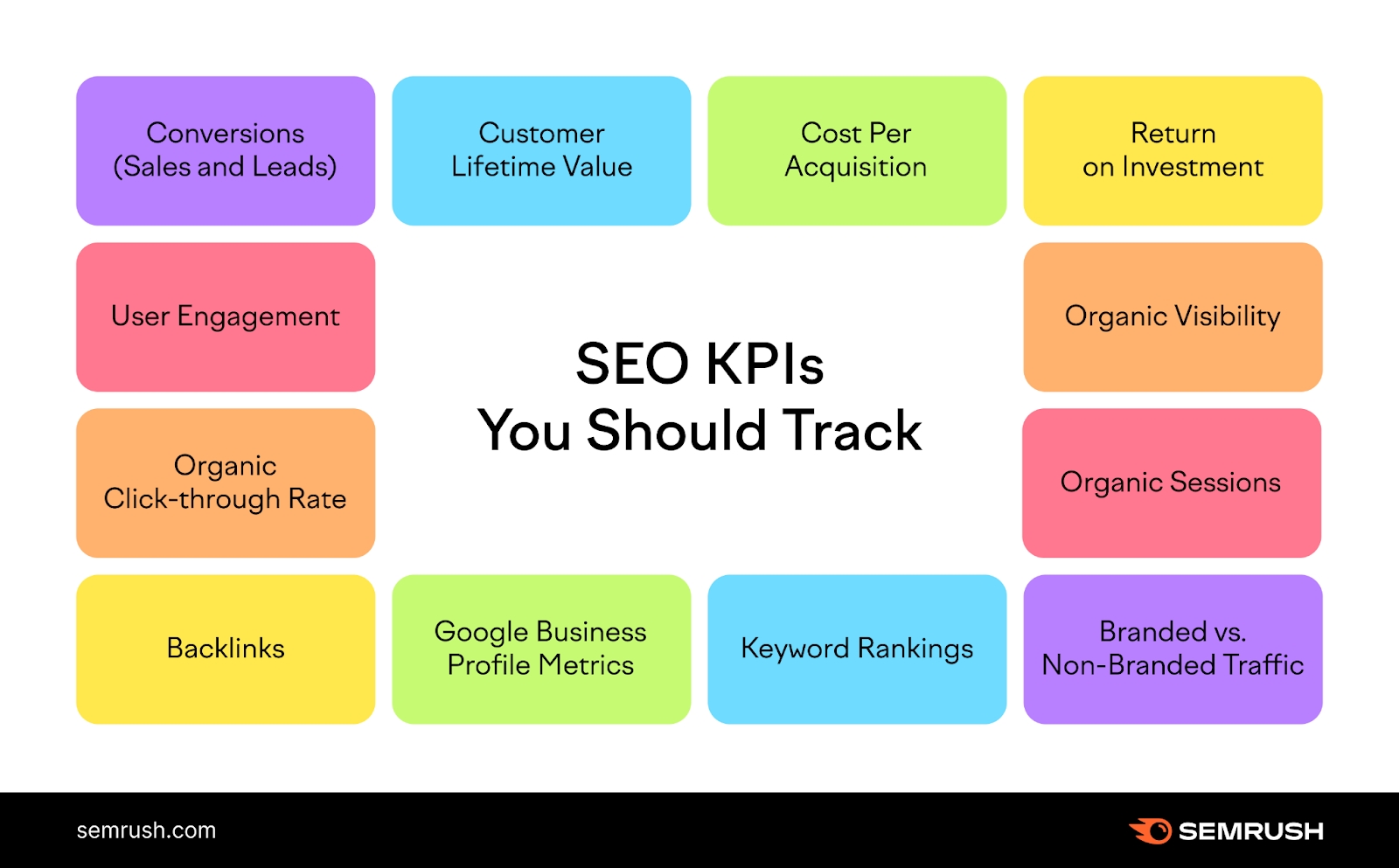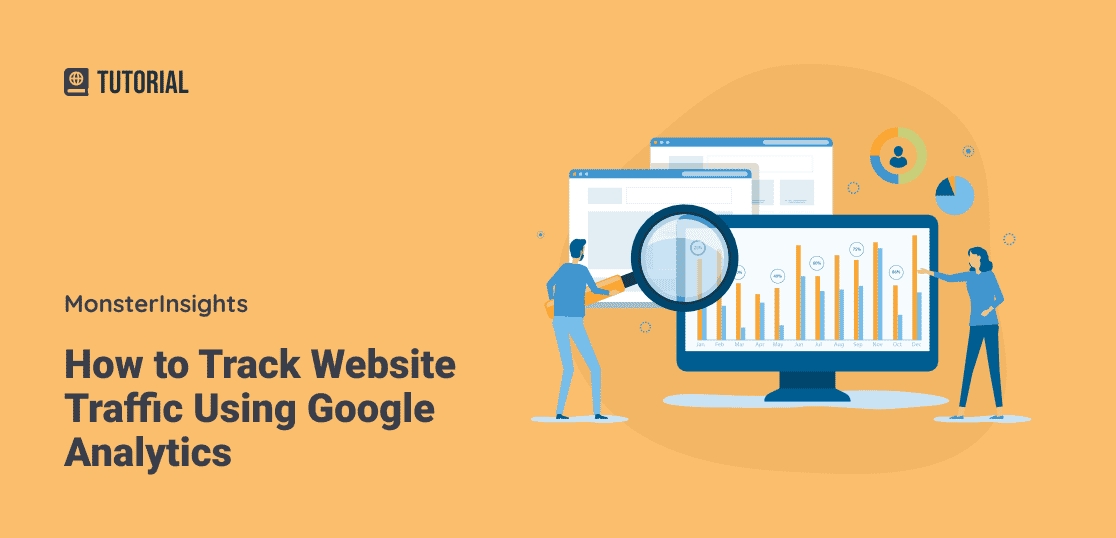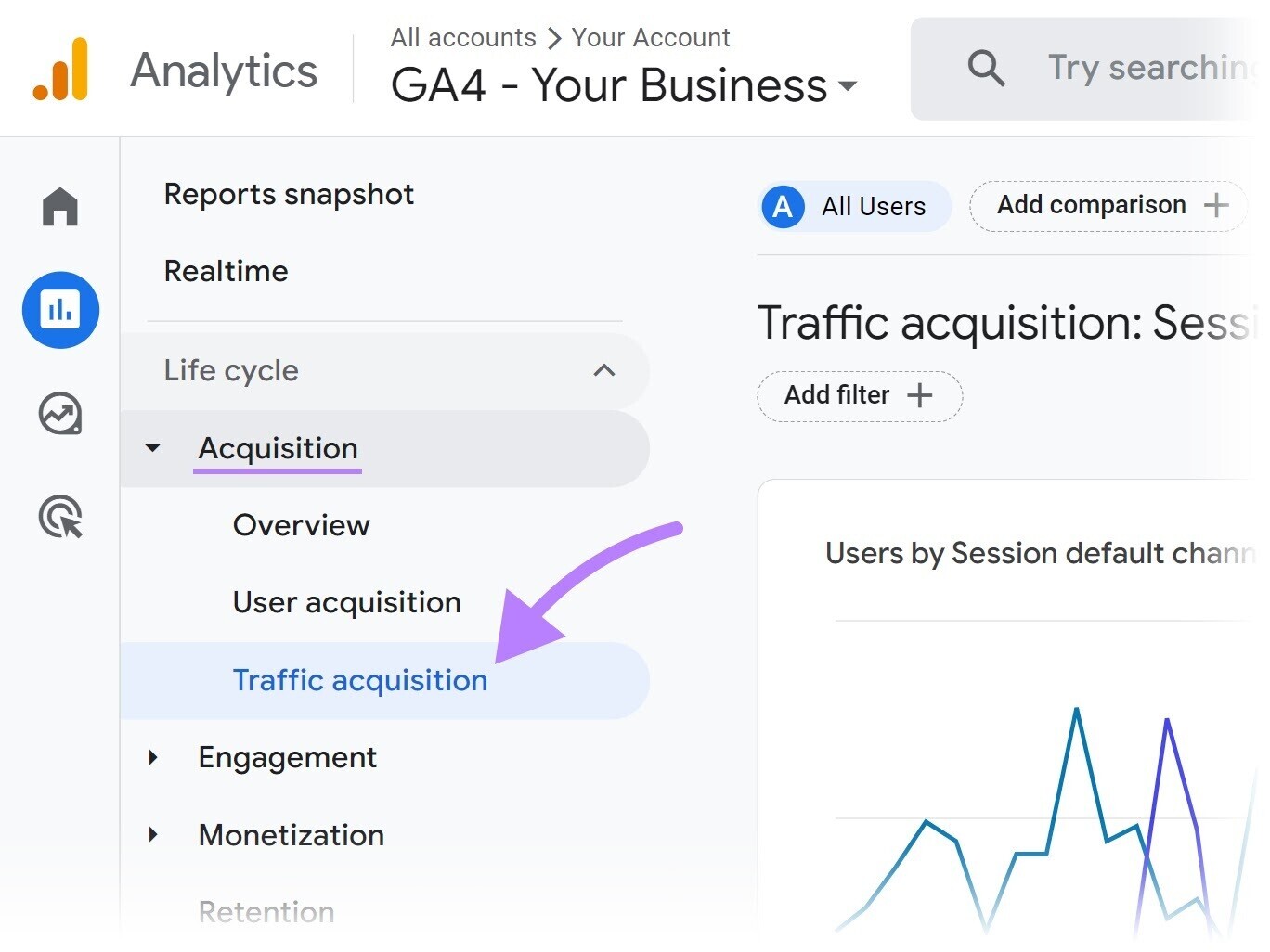Everything You Need to Know About the Metrics of Purchased Traffic
Buy CPC Traffic | Buy Display Ads | Exclusive traffic sources | Buy Push Ads | Popunder ADS | Buy Native Ads | Buy Preroll Ads

Buy CPC Traffic | Buy Display Ads | Exclusive traffic sources | Buy Push Ads | Popunder ADS | Buy Native Ads | Buy Preroll Ads
In today's digital age, it's essential for businesses to understand the metrics of purchased traffic. With the ever-increasing competition for online visibility, driving quality traffic to your website has become a top priority. But how do you know if your purchased traffic is actually helping your business grow?
First and foremost, it's crucial to understand the key metrics that can provide insight into the effectiveness of your purchased traffic. Impressions, clicks, click-through rates (CTR), and conversion rates are just a few of the metrics that can help you gauge the success of your traffic acquisition efforts. These metrics can give you valuable information about how well your ads are performing and whether they are attracting the right audience.
One of the most important metrics to consider is the conversion rate. This metric measures the percentage of visitors who take a desired action, such as making a purchase or filling out a form, after clicking on your ad. A high conversion rate indicates that your purchased traffic is relevant and targeted, resulting in meaningful interactions with your website.
Another key metric to look at is the bounce rate. This metric measures the percentage of visitors who leave your website after viewing only one page. A high bounce rate can indicate that your purchased traffic is not attracting the right audience or that your website is not meeting their expectations. By analyzing the bounce rate, you can identify potential issues and make improvements to your website to keep visitors engaged and encourage them to explore further.
Ultimately, understanding the metrics of purchased traffic is essential for making informed decisions about your marketing strategy. By regularly monitoring and analyzing these metrics, you can ensure that your purchased traffic aligns with your business objectives and drives meaningful results. So, invest the time and effort into understanding these metrics, and you'll be better equipped to maximize the impact of your purchased traffic and boost your online presence.
Importance of Traffic Metrics

By analyzing traffic metrics, you can gain valuable insights into the effectiveness of your marketing efforts and make informed decisions to optimize your strategies. Some of the key metrics to consider include:
1. Impressions: The number of times your ads are displayed to users. This metric provides an indication of the visibility and reach of your marketing campaigns.
2. Click-through Rate (CTR): The percentage of users who click on your ads after seeing them. A high CTR indicates that your ads are engaging and relevant to your target audience.
3. Conversion Rate: The percentage of users who complete a specific action, such as making a purchase or submitting a form. Monitoring the conversion rate helps you gauge the effectiveness of your website and landing pages.
4. Bounce Rate: The percentage of users who leave your website after viewing only one page. A high bounce rate may indicate poor user experience or irrelevant content.
5. Average Session Duration: The average amount of time users spend on your website. A longer session duration indicates that users find your content engaging and valuable.
Understanding these metrics allows you to identify areas for improvement in your campaigns. For example, if your CTR is low, you may need to refine your ad copy or targeting. If your bounce rate is high, you may need to improve your website design or content.
Monitoring and analyzing traffic metrics is crucial for optimizing your marketing campaigns and ensuring you get the most out of your investment. With tools and platforms like popunder ads, you can easily track and measure these metrics to make data-driven decisions and continuously improve your results.
Key Metrics to Consider
When it comes to measuring the success of purchased traffic, there are several key metrics that you need to consider. These metrics will provide you with valuable insights into the effectiveness of your popunder ads campaign and help you make informed decisions to optimize your results.
Impressions: This metric measures the number of times your ad has been viewed by users. It gives you an idea of the reach and visibility of your campaign.
Click-through Rate (CTR): CTR is the percentage of users who clicked on your ad after viewing it. It indicates how compelling your ad is and how well it captures the attention of your target audience.
Conversion Rate: The conversion rate measures the percentage of users who completed a desired action, such as making a purchase or filling out a form. It helps you determine the effectiveness of your ad in driving desired outcomes.
Cost per Click (CPC): This metric calculates the average amount you pay for each click on your ad. It helps you evaluate the cost-effectiveness of your campaign and manage your budget accordingly.
Return on Investment (ROI): ROI measures the profitability of your ad campaign by comparing the revenue generated with the cost of the campaign. It gives you a clear picture of the financial impact of your purchased traffic.
By closely monitoring these key metrics, you can gain a deeper understanding of the performance of your purchased traffic campaign. This data will enable you to make data-driven decisions to optimize your results and maximize the effectiveness of your popunder ads.
Understanding Conversion Rates

Conversion rates are an essential metric to measure the effectiveness of purchased traffic. It refers to the percentage of visitors who take a desired action on your website, such as making a purchase, signing up for a newsletter, or filling out a contact form.
Why are conversion rates important?
Conversion rates can provide valuable insights into the quality of your website traffic and the effectiveness of your marketing campaigns. If your conversion rate is low, it could indicate that your website or landing page is not optimized for conversions, or that the traffic you are purchasing is not relevant to your target audience.
How to calculate conversion rates?
To calculate your conversion rate, divide the number of conversions (desired actions) by the number of visitors and multiply by 100 to get a percentage. For example, if you have 10 conversions from 100 visitors, your conversion rate would be 10%.
Improving conversion rates
If you have a low conversion rate, there are several strategies you can implement to improve it. First, analyze your website or landing page to identify any barriers or distractions that might be preventing visitors from taking the desired action. Optimize your page design, layout, and navigation to make it easy for users to convert.
Another strategy is to experiment with different calls-to-action (CTAs) and messaging to see what resonates with your target audience. You can also A/B test different variations of your landing page to determine which one performs better in terms of conversions.
Maintaining and monitoring conversion rates
It is essential to regularly monitor and track your conversion rates to identify trends and make data-driven decisions. Use analytics tools to measure and analyze your conversion rates over time. By keeping track of your conversion rates, you can identify areas for improvement and make adjustments to your marketing strategies.
In conclusion
Conversion rates are a crucial metric for evaluating the success of purchased traffic. By understanding and monitoring your conversion rates, you can optimize your website and marketing efforts to drive higher conversions and ultimately achieve your business goals.
Analyzing Click-Through Rates

Click-through rates (CTRs) are a crucial metric in analyzing the effectiveness of purchased traffic. CTR measures the percentage of users who click on a specific link or advertisement, out of the total number of users who view it.
When analyzing CTRs, it is important to consider the context in which they are measured. CTRs can vary widely depending on factors such as the placement of the link or advertisement, the relevance of the content to the target audience, and the design and wording of the link or advertisement.
A high CTR is generally indicative of a successful campaign, as it suggests that the link or advertisement is attracting a significant number of clicks. However, it's important to also consider the quality of the clicks. Are users who click on the link or advertisement actually engaging with the content or converting into customers, or are they bouncing off the site quickly? This information can provide valuable insights into the effectiveness of the purchased traffic.
On the other hand, a low CTR may indicate that the link or advertisement is not captivating enough to attract clicks. It may be necessary to optimize the design or wording or reassess the placement and targeting of the link or advertisement. Experimenting with different variations and analyzing their corresponding CTRs can help identify the most effective approach.
It is also important to track CTRs over time to assess any trends or patterns. Changes in CTRs can be indications of the impact of any optimizations made or shifts in the target audience's preferences. Regular monitoring and analysis of CTR metrics can provide valuable insights for optimizing future campaigns and maximizing the potential of purchased traffic.
The Role of Bounce Rates

Bounce rates are a crucial metric in understanding the effectiveness of purchased traffic. When visitors come to your website but leave without interacting or exploring further pages, it is considered a bounce.
A high bounce rate can indicate several things. It could mean that the traffic source is not relevant to your website, leading to visitors quickly leaving. It could also suggest that the landing page is not engaging enough, or the website design is confusing or unattractive.
On the other hand, a low bounce rate indicates that visitors are staying on your website and exploring more pages. This can indicate that the purchased traffic is highly targeted and relevant, or that your landing page and website design are effective in capturing and retaining visitors.
By analyzing bounce rates, you can gain insights into the quality of the traffic you are purchasing. If you notice a high bounce rate, it may be worth reassessing the sources of your traffic or making improvements to your website. On the other hand, a low bounce rate can be a positive indication that your paid traffic is performing well.
It's important to note that bounce rates should be analyzed in conjunction with other metrics, such as conversion rates and average session duration, to get a comprehensive understanding of your purchased traffic's effectiveness. By considering multiple metrics, you can make informed decisions and optimize your strategies to improve the ROI of your purchased traffic.
Measuring Return on Investment

In order to determine the success of your purchased traffic campaigns, it is important to measure the return on investment (ROI). ROI is a metric that calculates the profitability of an investment by comparing the amount of money gained or lost relative to the cost of the investment.
When it comes to purchased traffic, calculating ROI can help you understand if the investment was worth it and if it contributed to your overall business goals. There are several key factors to consider when measuring the ROI of your purchased traffic:
1. Cost of Purchased Traffic
The first step in calculating ROI is determining the cost of your purchased traffic. This includes the amount of money spent on acquiring the traffic, such as advertising costs or fees paid to a traffic provider.
2. Conversion Rate
The conversion rate is an important metric that measures the percentage of visitors who complete a desired action, such as making a purchase or filling out a form. It is important to track the conversion rate of your purchased traffic in order to determine its effectiveness.
3. Average Transaction Value
Knowing the average transaction value, or the average amount of money generated from each customer, is crucial for calculating ROI. This can be determined by dividing the total revenue by the number of transactions.
4. Customer Lifetime Value

The customer lifetime value (CLV) represents the total amount of money a customer is expected to spend with your business over their lifetime. Calculating the CLV can give you a better understanding of the long-term profitability of your purchased traffic.
By considering these factors and using them in a formula, you can calculate your ROI for purchased traffic. The formula typically looks like this:
ROI = ((Total Revenue - Cost of Purchased Traffic) / Cost of Purchased Traffic) * 100
By measuring ROI, you can determine if your purchased traffic campaigns are driving profitable results and make informed decisions for future investments. It is important to regularly track and analyze this metric to optimize your marketing strategies and maximize the return on your investment in traffic acquisition.
What are the main metrics used to measure purchased traffic?
The main metrics used to measure purchased traffic include click-through rate (CTR), conversion rate, cost per click (CPC), cost per acquisition (CPA), return on investment (ROI), and bounce rate.
How can click-through rate (CTR) help in measuring the effectiveness of purchased traffic?
Click-through rate (CTR) is a metric that measures the percentage of people who click on your ad or link after seeing it. It helps in measuring the effectiveness of purchased traffic as a higher CTR indicates that the traffic is engaged and interested in your offer.
What is conversion rate and why is it important in measuring purchased traffic?
Conversion rate measures the percentage of visitors who take a desired action on your website, such as making a purchase or filling out a form. It is important in measuring purchased traffic as a higher conversion rate indicates that the traffic is of good quality and is more likely to generate revenue.
What is bounce rate and how does it affect the effectiveness of purchased traffic?
Bounce rate measures the percentage of visitors who leave your website without taking any action or navigating to other pages. A high bounce rate indicates that the purchased traffic is not finding what they are looking for or is not interested in the content, which can indicate a poor quality of traffic.
What is the meaning of cost per click (CPC) and cost per acquisition (CPA) in measuring purchased traffic?
Cost per click (CPC) is the amount you pay for each click on your ad or link, while cost per acquisition (CPA) is the cost incurred for each desired action, such as a purchase or a form submission. These metrics help in understanding the cost-effectiveness of purchased traffic and the return on investment (ROI) it generates.
What is purchased traffic and why is it important for businesses?
Purchased traffic refers to the visitors or users that a business acquires through paid advertising campaigns. It is important for businesses because it helps increase website traffic, attract potential customers, and ultimately drive more sales and revenue.
How can businesses measure the effectiveness of their purchased traffic?
Businesses can measure the effectiveness of their purchased traffic through various metrics such as click-through rates (CTR), conversion rates, bounce rates, average session duration, and return on ad spend (ROAS). These metrics provide insights into the quality and engagement of the acquired traffic.
Buy CPC Traffic | Buy Display Ads | Exclusive traffic sources | Buy Push Ads | Popunder ADS | Buy Native Ads | Buy Preroll Ads
2022-2024 @ Understanding the Metrics of Purchased Traffic: What You Need to Know